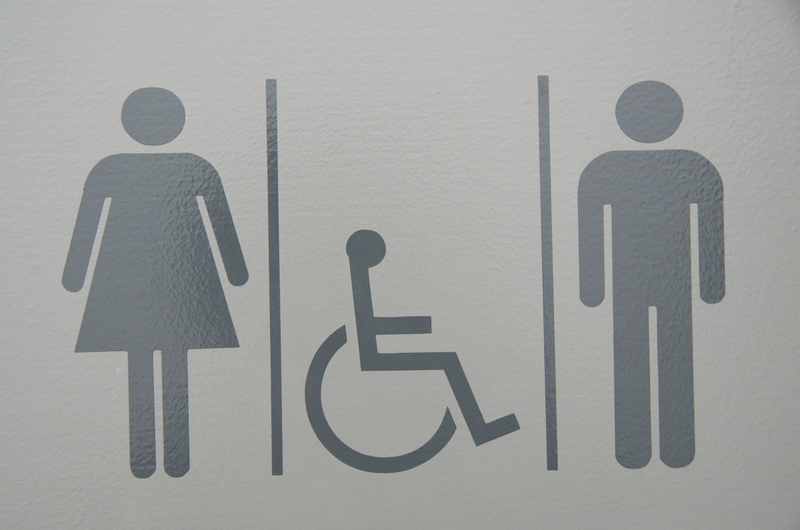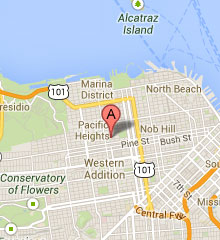Incontinence is inconvenient, embarrassing, and very frustrating. It can take a toll on your daily routine and can make enjoyable activities difficult because you’re often worried about where the closest bathroom is or if you’re prepared for any leaks.
What is incontinence?
There are two different types of urinary incontinence: stress incontinence and urge incontinence. Urge incontinence is when you need to urinate but are unable to make it to the bathroom in time. Stress incontinence is when urine “leaks” accidently, often caused by laughter, sneezing, or exercise. Both types are particularly present in women, but men can also experience incontinence.
Stress incontinence is more common in women because simple activity can put pressure on the bladder and push urine out. This occurs because a woman’s urethra weakens over time, particularly because of childbirth. Urge incontinence is due to abnormal bladder contractions caused when the bladder is not functioning properly and may indicate more serious issues.
Incontinence testing and treatment
Fortunately, there are treatments for incontinence that allow women to return to their daily routines, confident that they will not experience accidents or leakage. At PGOMG, we offer patients three tests in order to determine which course of treatment is best suited for your individual incontinence: urodynamic procedures, neuromodulation, or a cystoscopy. Your provider can walk you through the appropriate diagnostic test after discussing your symptoms.
Incontinence management is a key feature of the comprehensive treatment offered at PGOMG. Our providers are trained in the effective treatment of incontinence, and can offer the following options:
- Urethral bulking
- InterStim
- Tibial Nerve Stim
- Botox
- Minimally invasive surgery
- Pelvic floor therapy
- Medication
- Biofeedback
If you believe that you suffer from incontinence, we encourage you to contact PGOMG. Incontinence isn’t something that has to be put up with or ignored. Multiple treatment options are available.


